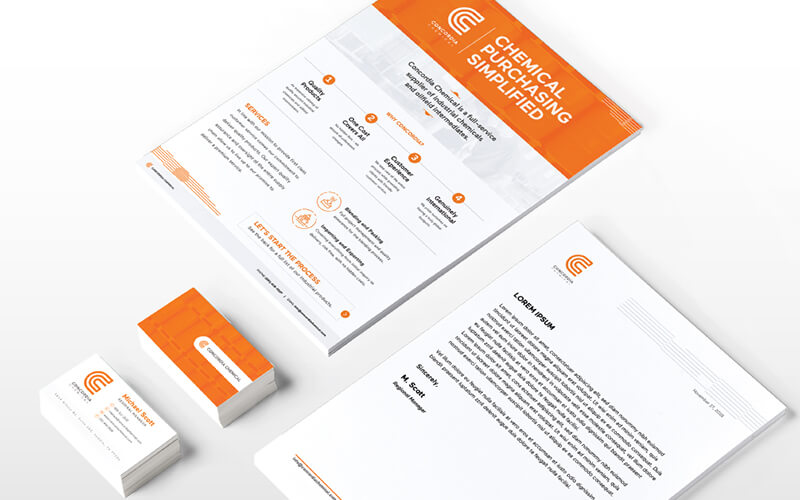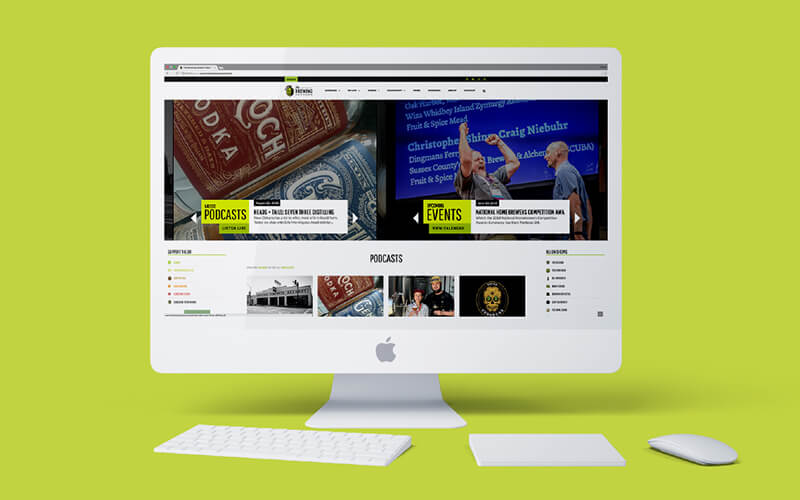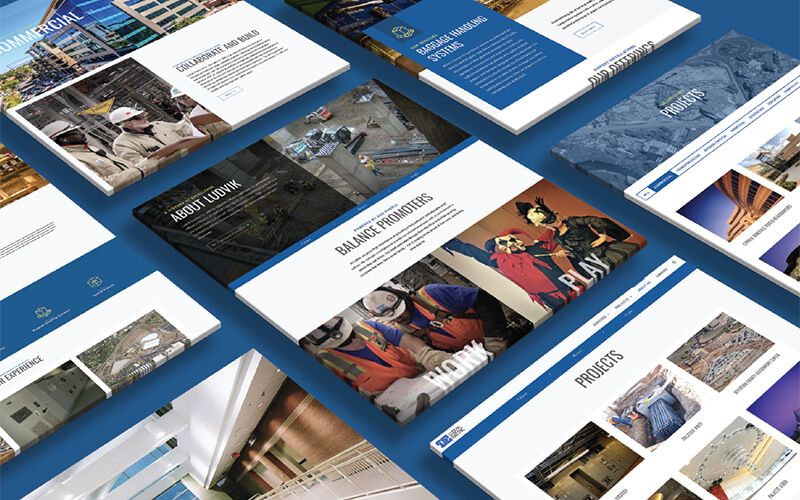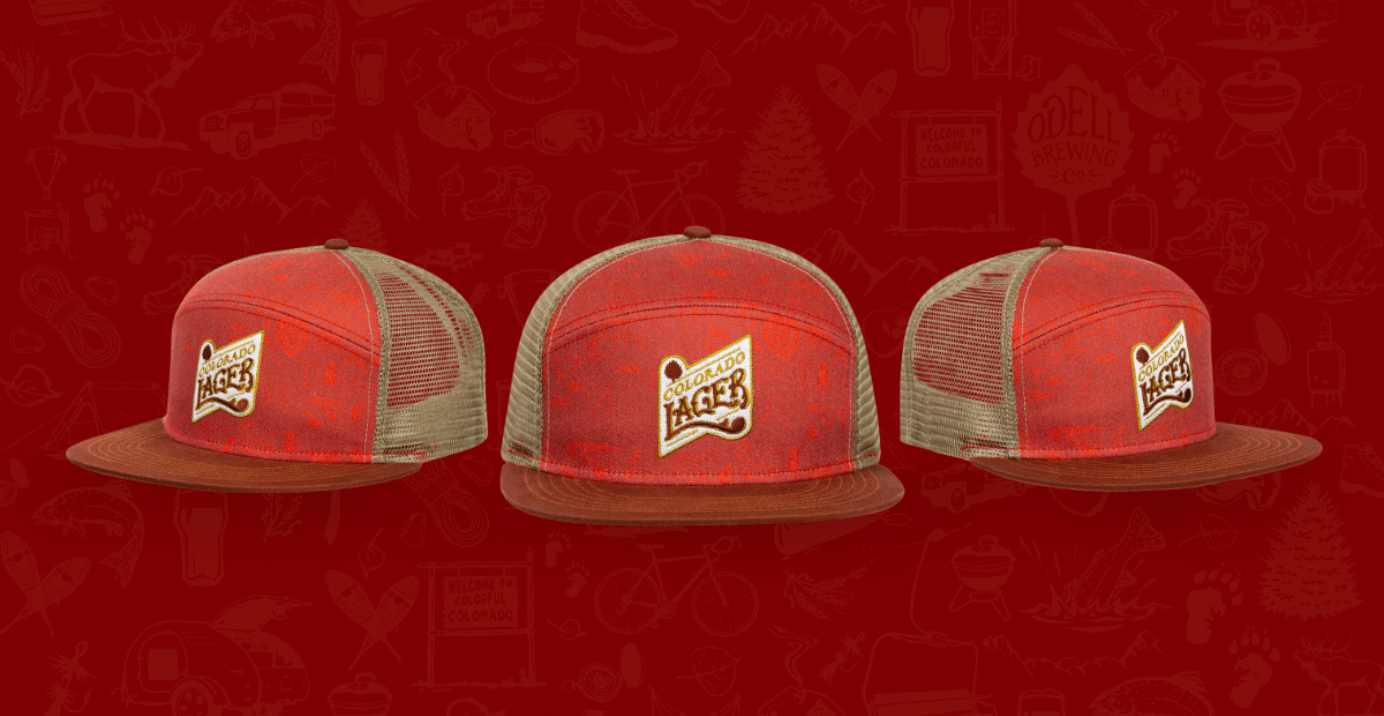The Differences Between Graphic Design and Web Design
All designers are visual communicators whose purpose is to communicate concepts through the use of layout, images and type. When doing so, they must consider the brand, the goals of the design, the customer or buyer persona they are designing for, and the needs of the client (such as requiring an ad that must help drive traffic to a website). In this respect, graphic design and web design have much in common.
While the responsibilities of graphic designers and web designers may appear to have similarities at first, there’s a number of distinct categorical differences between the objectives of each role.
When designing for the web, it is key to understand the habits of your buyer persona and how they will navigate the website. These assumptions then drive the direction of your design. Conversely, a graphic designer (who typically works in print form) understands that the items on the page do not necessarily interact with each other in the same way that the buttons on a website need to. Designing for print is a far more linear task than designing for web, where a user will jump from page to page, and scan content for keywords that direct them onto more information within the website.
What is Graphic Design?
By using graphics or illustrations, typography and images a graphic designer will present concepts that are turned into digital graphics such as brochures, posters, or branding collateral such as business cards.

Graphic designers typically work in the print medium and they do not do programming. They use typography, visual arts, and layout techniques to create visual compositions.
What is Web Design?
Like graphic design, web design involves creating graphics, typography, and images, but uses the internet as the presentation channel. Because web designers must be able to turn their designs into a working module, they need an understanding of HyperText Markup Language (HTML) and Cascading Style Sheets (CSS). Web designers are concerned with the design of the website (UI), it’s ease of navigation (UX) and the technical computer related aspects of a project such as file size, screen resolution, as well as speed and performance.

So, what are the general differences between Web Design and Graphic Design?
The Medium
A key difference between web design and graphic design is the medium. One is designing for print and another for web and online. More so, graphic designers often are afforded more freedom because they are not restricted by website considerations such as programming, resolution, or speed.
Uniquely, web design requires the knowledge to understand what makes a site both functional and intuitive. The design needs to translate across formats and devices, a concept that a graphic designer will not have experienced because graphic designers expect designs to be fixed, not fluid.
In graphic design the presentation is static and the visual focus is on strong integrity. Post production opportunities are typically limited, relying heavily on the printing as well as the material and media being used. However, web design is more dynamic and lively in visual effect. The goal of web design is to guide the users operation of the website, thus increasing the interaction. The visual focus is limited by the screen and more important information should be shown first. In web design, opportunities for post production can be made through back-end development, server applications, network signals, and other third-party resources support.
Visual Elements
Color
A key difference between graphic design and web design is in the use of color. While in web design colors will display differently on different monitors and at different image resolutions, in print design colors are consistent throughout the project. This is because print or graphic design typically uses CMYK color mode to produce consistent results across all published materials. Web design, on the other hand, uses RGB according to its special imaging mode and, due to the flow of user experience on a website, relies heavily on not overwhelming a user with too many strong colors.
Fonts
In graphic design, fonts can be chosen more freely in that there is less concern about the implementation of the final effect. Any font can be output into print. However, in web design, certain fonts aren’t supported by the browser so it’s best to use safe fonts.
Graphics

Graphic design uses physical sizes such as inches, centimeters, etc, while web design functions in pixel sizes. In graphic design, there is little to no need to take the final effect into account, but in web design, the size, and quality of the graphics will impact speed of the site, as well as how readable the graphics are at certain screen resolutions.
How the Information is Carried
Graphic design deals in paper, cloth, buildings, and more, with different effects that can be carried through using different materials. The amount of information is determined by the material size and typically the information cannot be updated.

Whereas in web design, the material media is the screen, the amount of information is infinite and updates or errors can be easily made.
How the Information Spreads
Graphic design typically spreads through sales, printing, posting and delivery, and other forms of marketing communications. Conversely, the dissemination of information via web design is driven directly by traffic to the site in terms of visitors who will engage with the information.
In short, web design is responsible for the design and production of websites. Their work entails not only the design of the website, but the development of the backend of the site. Web design has a two-way relationship with the audience. By comparison, in graphic design the art is often placed first, visual theory is incorporated into designs, and the relationship with the audience is one-way. Both are equally important when delivering upon client needs and goals.
First published on 12.19.2028 – updated on 10.21.2022
